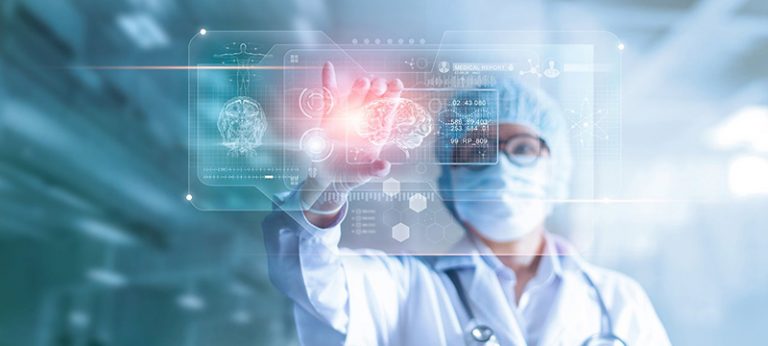The pharmaceutical industry is undergoing a profound transformation, driven by the integration of advanced data modeling tools and Internet of Things (IoT) technologies. As drug development becomes increasingly complex, these innovations are helping companies improve efficiency, accuracy, and patient outcomes. From early-stage research to manufacturing and post-market monitoring, the combination of pharmacokinetic (PK) modeling and IoT is reshaping every step of the pharmaceutical pipeline.
The Power of PK Modeling in Drug Development
Understanding how a drug is absorbed, distributed, metabolized, and excreted is essential for creating effective therapies. That’s where pharmacokinetic analysis comes into play. By applying mathematical models to experimental and clinical data, scientists can predict how a drug behaves in the body—information crucial for determining dosing regimens, minimizing side effects, and ensuring safety across different patient populations.
A particularly powerful approach involves the use of pkpd modeling software tool, which links pharmacokinetics (PK) with pharmacodynamics (PD). This method enables researchers to predict not just how a drug moves through the body, but how it actually affects biological systems over time. With these insights, pharmaceutical companies can make better-informed decisions earlier in the development process, reducing the risk of costly late-stage failures.
IoT: A Game-Changer in Pharmaceutical Operations
While PK modeling tools focus on the biological impact of drugs, IoT technologies are transforming the physical and operational side of the pharmaceutical industry. By connecting equipment, sensors, and systems in real-time, IoT enables unprecedented levels of control and insight across manufacturing and distribution.
For instance, IoT sensors embedded in production lines can continuously monitor temperature, humidity, and other environmental factors critical to drug stability. This real-time data helps ensure that products remain within strict regulatory standards, reducing waste and improving quality control. Predictive maintenance enabled by IoT can also identify potential equipment failures before they occur, minimizing downtime and optimizing production schedules.
The impact of IoT extends beyond the factory floor. In clinical trials, wearable devices and remote sensors allow researchers to collect real-world data on patient health, medication adherence, and treatment response. This wealth of information enhances the accuracy of clinical studies and supports the development of more effective, personalized therapies.
Bridging Data for Personalized Medicine
The real magic happens when PK modeling and IoT systems work together. By integrating patient-specific data from IoT devices—such as wearable sensors or home monitoring tools—with pharmacokinetic and pharmacodynamic models, researchers can tailor drug regimens to individual patients in real time.
This approach holds immense promise for personalized medicine. For example, a patient’s physiological data, continuously collected through IoT devices, can inform dynamic adjustments to drug dosages based on their unique response. This not only maximizes therapeutic outcomes but also minimizes adverse effects, ultimately improving quality of life for patients and enhancing the efficiency of healthcare systems.
Challenges and Future Directions
Despite the enormous potential, integrating PK modeling software and IoT technologies presents challenges. Data interoperability remains a major hurdle, as these systems often produce information in different formats and levels of detail. Ensuring data privacy and security is equally critical, especially when handling sensitive health information.
The regulatory landscape is also evolving. Agencies like the FDA and EMA are beginning to recognize the importance of digital tools in drug development, but clear guidelines for their use—especially in areas like model validation and real-world data integration—are still being refined. Collaboration among stakeholders, including technology providers, pharmaceutical companies, and regulators, will be essential for building standards that ensure both innovation and patient safety.
Looking ahead, the integration of artificial intelligence (AI) with PK/PD models and IoT data is set to further accelerate innovation. AI can help identify patterns and trends across vast datasets, enabling faster, more accurate predictions that inform everything from trial design to post-market surveillance.
Conclusion
The convergence of PK modeling tools and IoT is revolutionizing the pharmaceutical industry. By combining deep biological insights with real-time operational and patient data, these technologies are unlocking new possibilities for drug development, manufacturing, and personalized care. As the industry continues to embrace digital transformation, this synergy will be a driving force behind safer, more effective treatments—and better health outcomes for patients worldwide.
The post How PK Analysis Software and IoT Are Transforming the Pharmaceutical Industry appeared first on IoT Business News.


